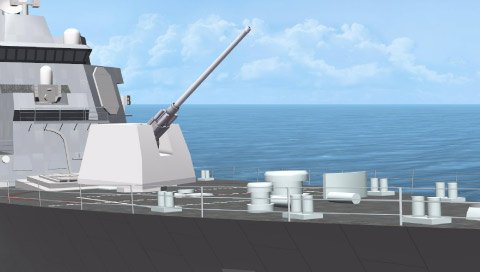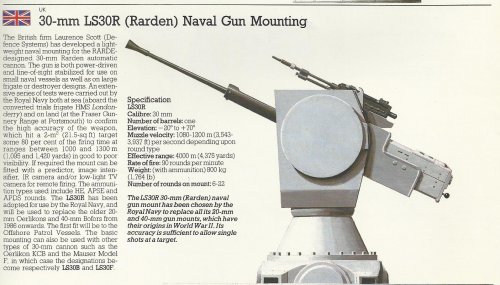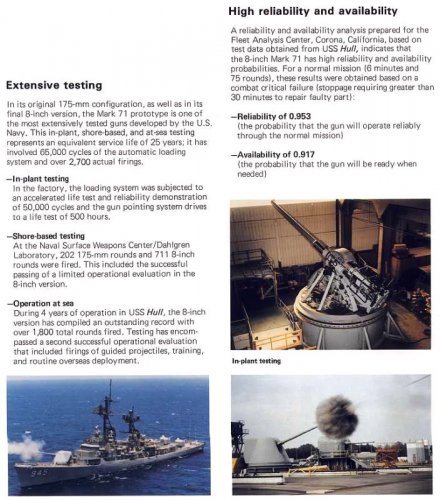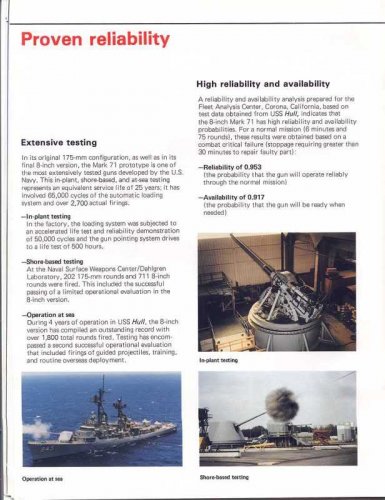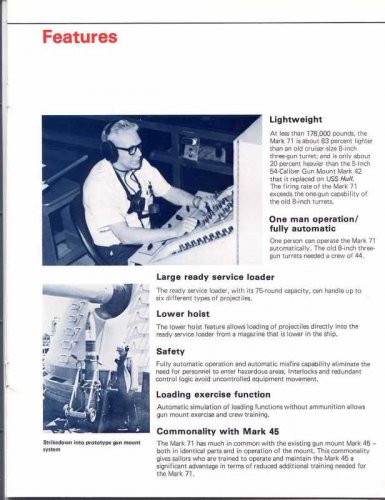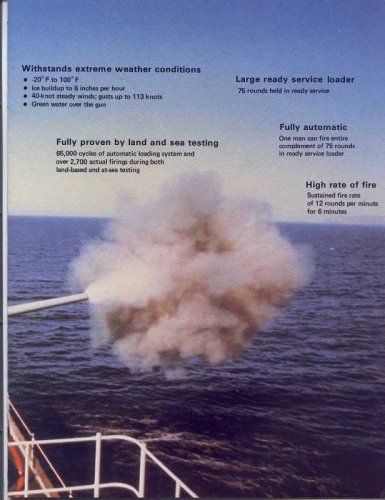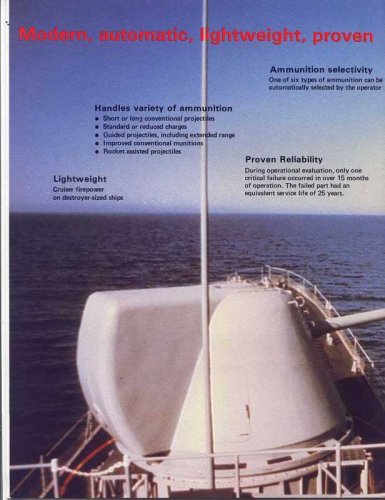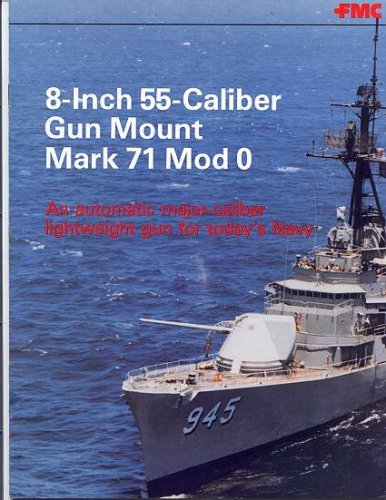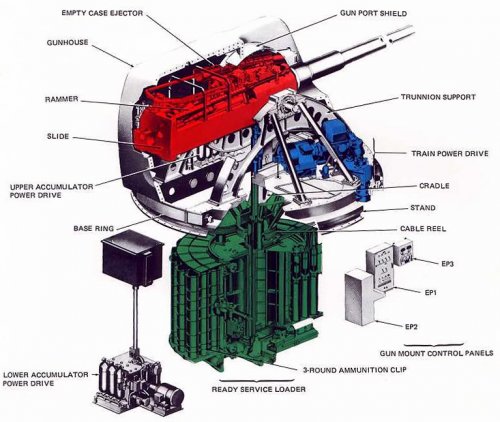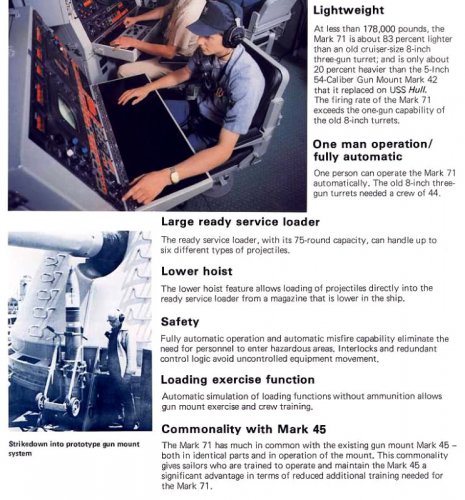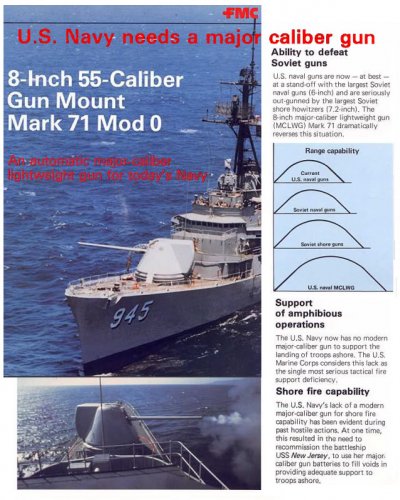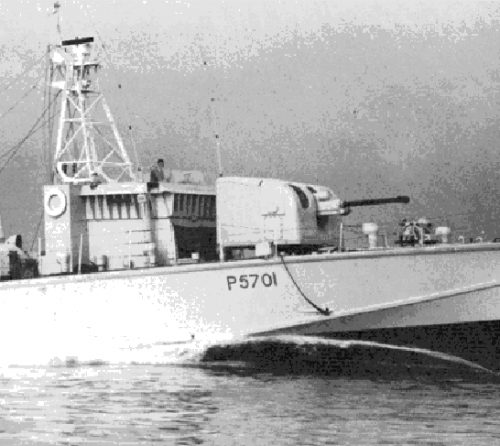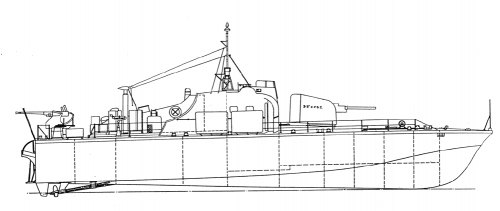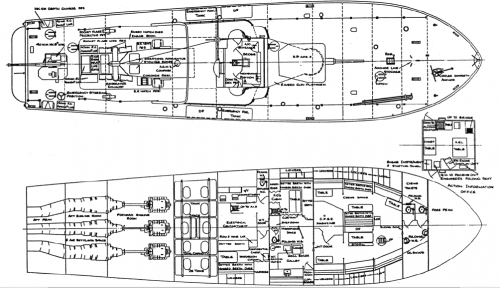Gun-type Weapons on Submarines - Project „MORAINE“
Within the scope of the new security challenges the naval forces, too, have to perform to an increasing degree quasi-police tasks. Torpedoes and heavy missile are unsuited weapons for that kind of action. Especially the submarine, which due to its invisibility is particularly well suited for clandestine operations in coastal waters, requires a „downward“ expansion of its escalation-capable weapon employment spectrum. It should therefore be possible to cover the spectrum from missiles and torpedoes down to the employment of an automatic gun.
Today, submarines have no suitable close-range weapons. Already after the Second World War, there seemed to be no use any more for gun-type weapons. Meanwhile, this has obviously changed again in times where the navies take on diverse new tasks. With the missions required today, submarines can effectively bring to bear their capability of surfacing unexpectedly. Covert actions by special units which will not only be carried out by frogman and underwater demolition teams, but also by other specialized task units, will increase to a considerable extent. It may also become necessary for submarines to provide covering fire in the fight against the globally increasing piracy, which can adequately be realized only by means of gun-type weapons. The gun will be bedded in a pressure-resistant bearing in the submarine’s tower and hydraulically raised. It will be remotely controlled from inside the sub. The submarine will remain submerged during this process. Together with the Gabler Company in Luebeck and the Mauser Company in Oberndorf, the HDW shipyard has developed a concept for a gun system. The recoilless gun (RMK 30) will be expanded from the submarine’s tower by means of a hoistable device and can be employed by remote control from the boat, which travels at periscope depth.


